Let me begin by saying a big THANK YOU to Chen!
Chen gets all of the credit for explaining how to tune a strain wave mount for optimum performance and I simply applied what Chen describes and the results for my mount are nothing short of incredible!
Chen, @w7ay gives a very detailed explanation in this thread. I highly recommend that you read this:
https://bbs.astronomy-imaging-camera.com/d/15711-very-large-backlash-in-new-am5/13
I received my AM5 about three months ago. The QC report seemed reasonable, although I really had no idea at the time what the important data was that the graph was showing. Chen explains all of that in the recommended post.
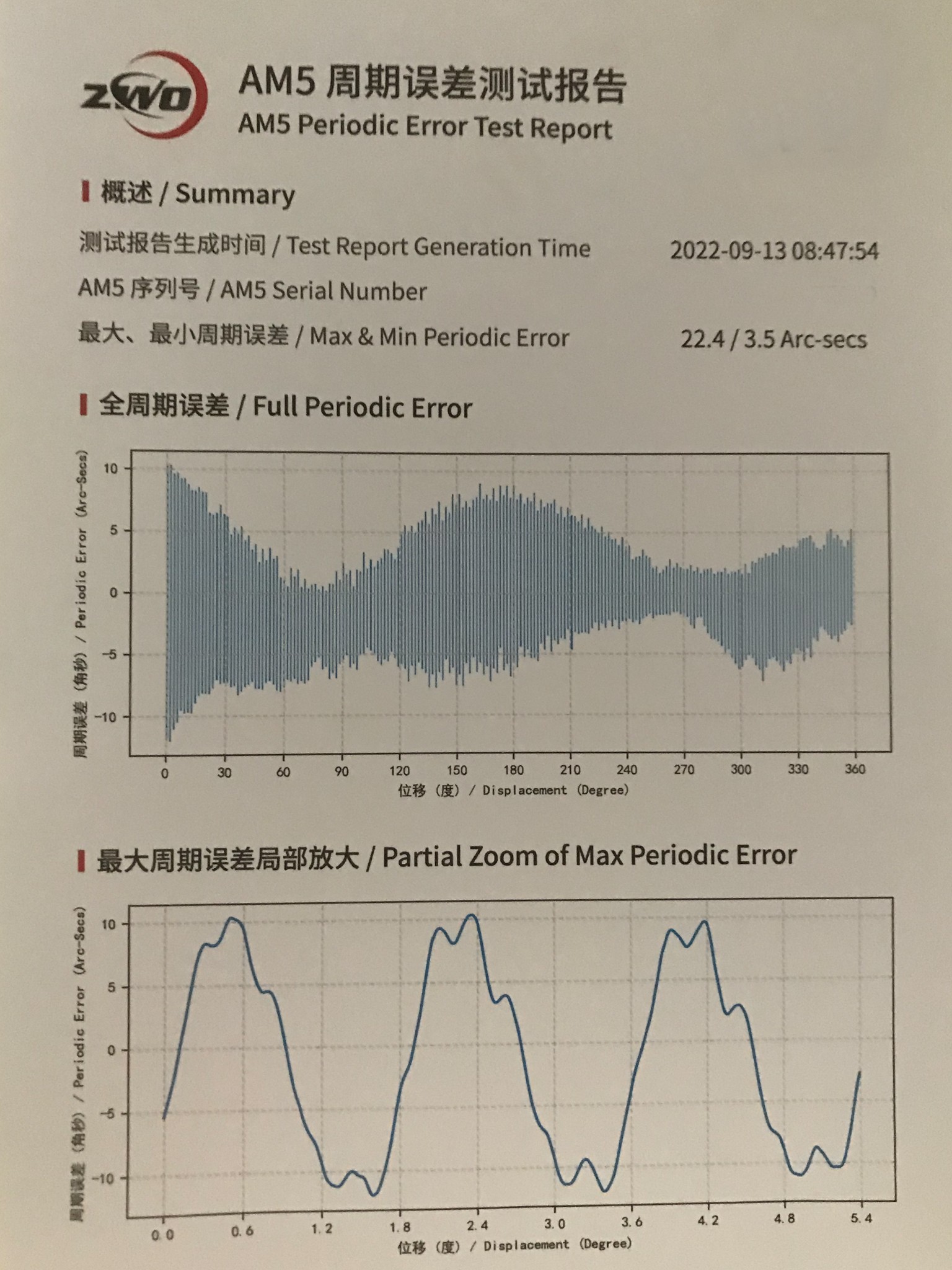
I was very happy with the AM5 performance initially. I'm using it with the ASIAIR+, ASI120mm mini, ASI2600MC pro, WO Redcat 51 and WO Uniguide 32. I started off using the default guide settings of the Air+ and the results were acceptable. I really didn't spend much time changing anything other than tuning the aggression settings and guide camera exposure time between 1 and 2 seconds. Typical settings I was using and their results looked like this.
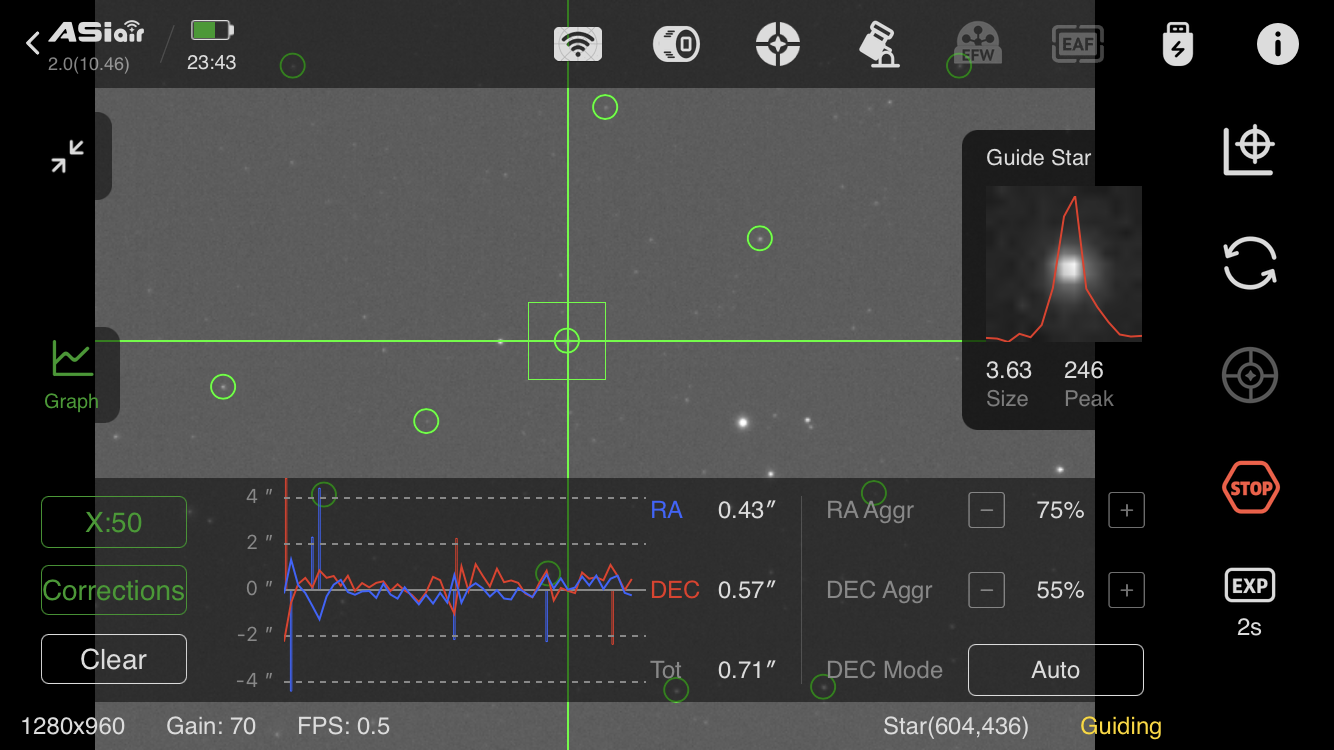

As I spent more time using the mount for many hours of astrophotography sessions, I noticed intervals when the guiding numbers would become erratic. These rough spots where somewhat short in duration and didn't seem to effect data quality, but they also seemed periodic in nature. They would look something like this:
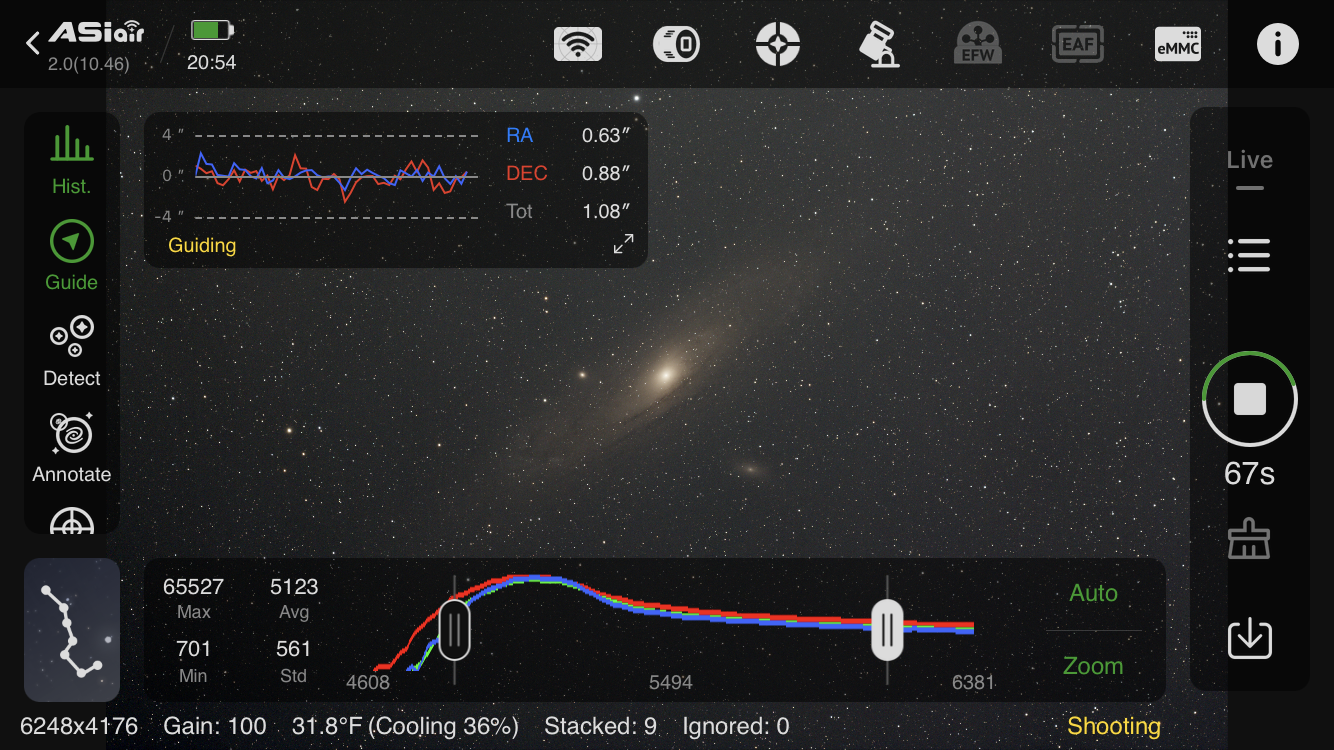
Looking around on the net, I found that many others were experiencing similar issues with this. Discussions covered the usual trouble shooting suggestions. Accurate polar alignment, seeing conditions, wind, calibration, tripod stability and vibration, etc. I was meticulous checking off all of the variables, but the erratic patches continued regardless. The periodic and repeatable nature of the behavior is what I kept coming back to. I concluded that there must be something mechanical about the mount that was causing the issue. I also figured that maybe it was something that was just luck of the draw. Maybe I should just accept what I was getting and be good with it. Was I ever wrong!
Browsing around here on the ZWO forum a few days ago I came across the post where Chen explains the idiosyncrasies of tuning a strain wave mount. I was skeptical, but optimistic to try something different. Besides, Chen clearly backed up every claim with solid facts, examples and even citations! I went out a few nights ago with no other agenda but to tinker with guiding accuracy. Working strictly from memory of a first reading of what to do, apparently I got it wrong. Nothing much changed. I decided to read everything again the next day very carefully. As the old saying goes, the devil is in the details. I decided to go out last night and try again, This time starting from scratch with settings that seemed so extreme, surely it would be comical. Spot On! I could not believe this was the same mount!
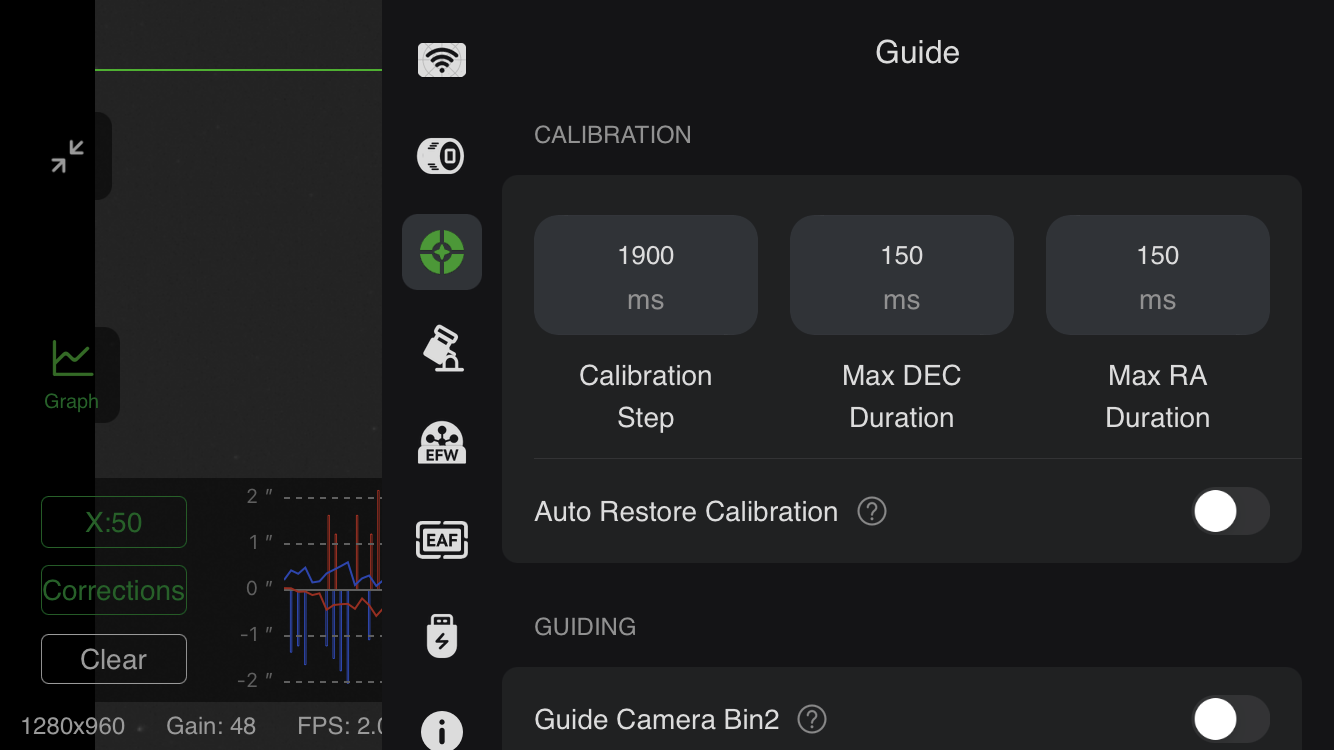
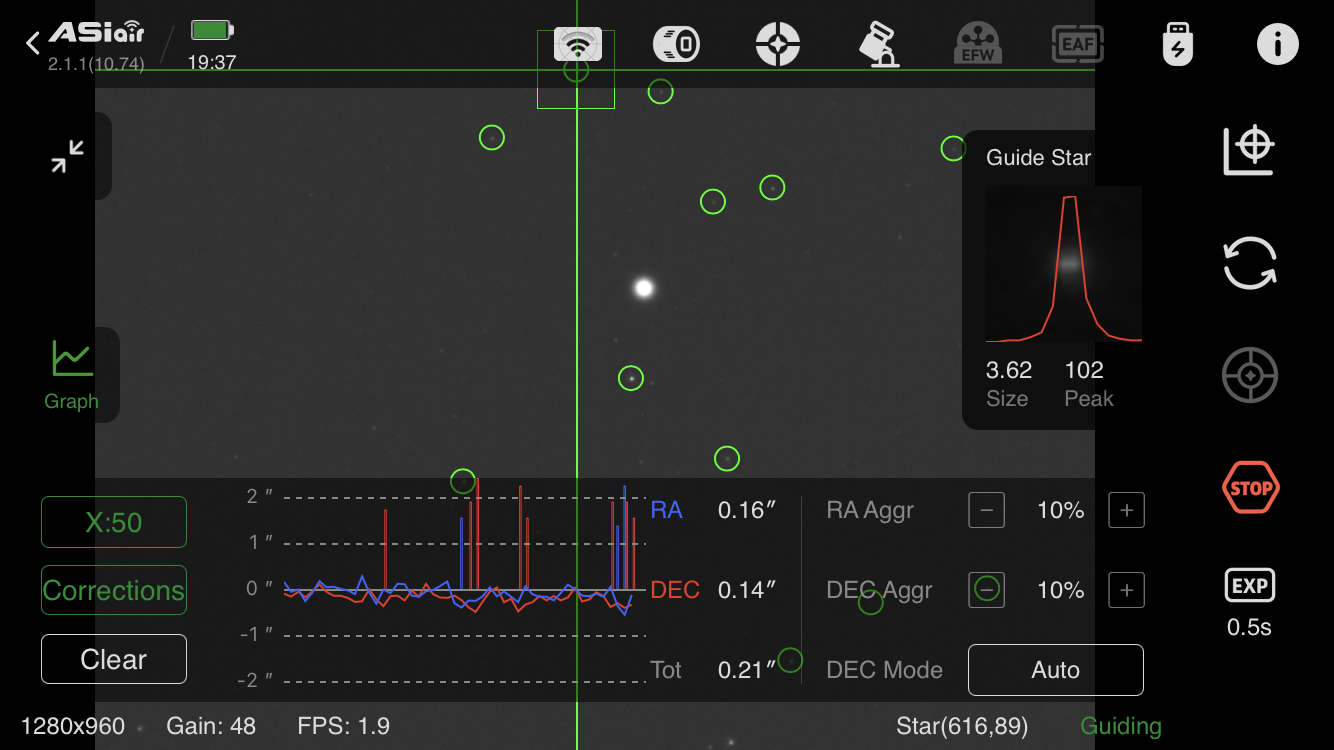

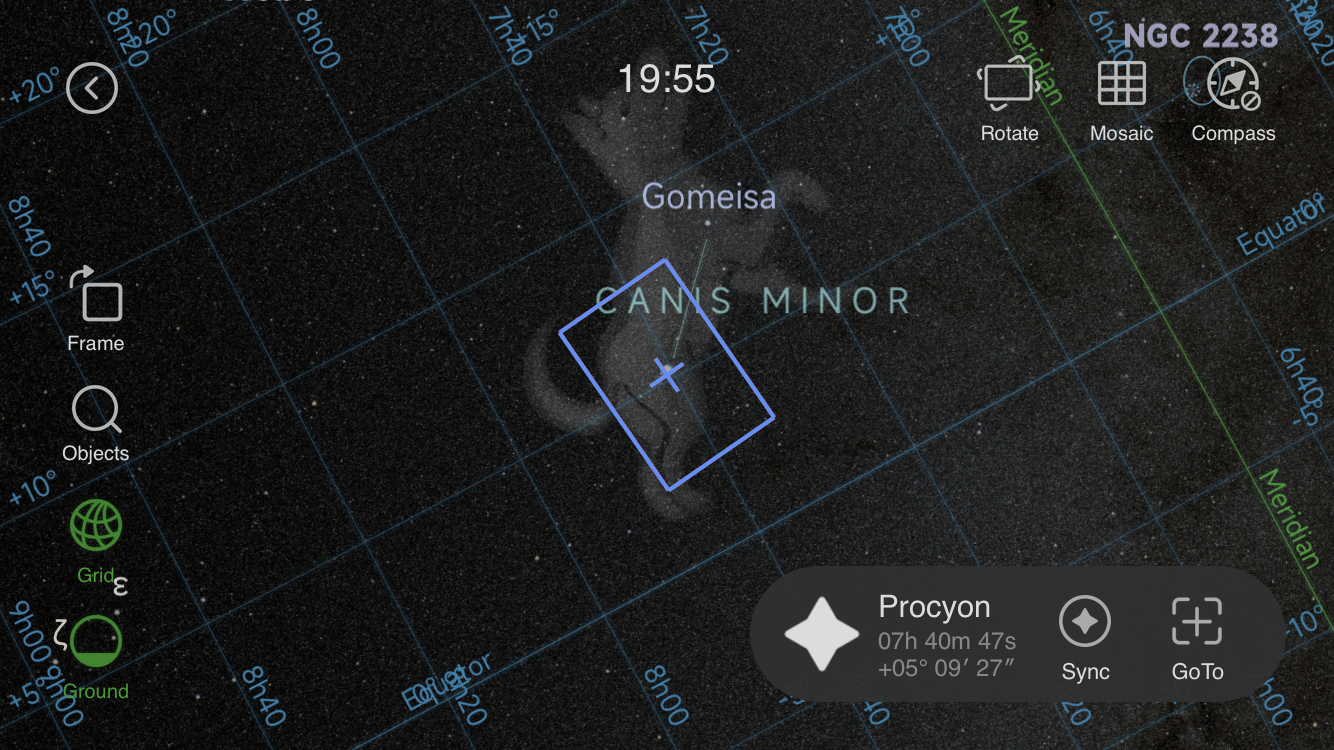
As you can see, I used settings that are quite different than default. I slewed to Procyon for the initial calibration because of its current proximity to just east of the meridian and along the equator. I initially set the aggression of each axis to start off at 5 (the lowest possible) and it only took a few seconds to dial in the numbers you see here. I guided here for an hour and it remained very stable. The total stayed between .2" and .5", averaging around .35"! Unfortunately, I didn't know that PHD logging on the Air+ only saves when using a plan or autorun, so I don't have that data to show the hour long run. I'll get more complete data the next time out.
I then slewed to three more general quadrants of the sky to check for consistency. I went west of the meridian along the equator, east near the north polar area and west near the north polar area. They all looked good and I made a few minor tweaks to the aggression settings along the way to dial in things a little better.
West of the meridian along the equator:
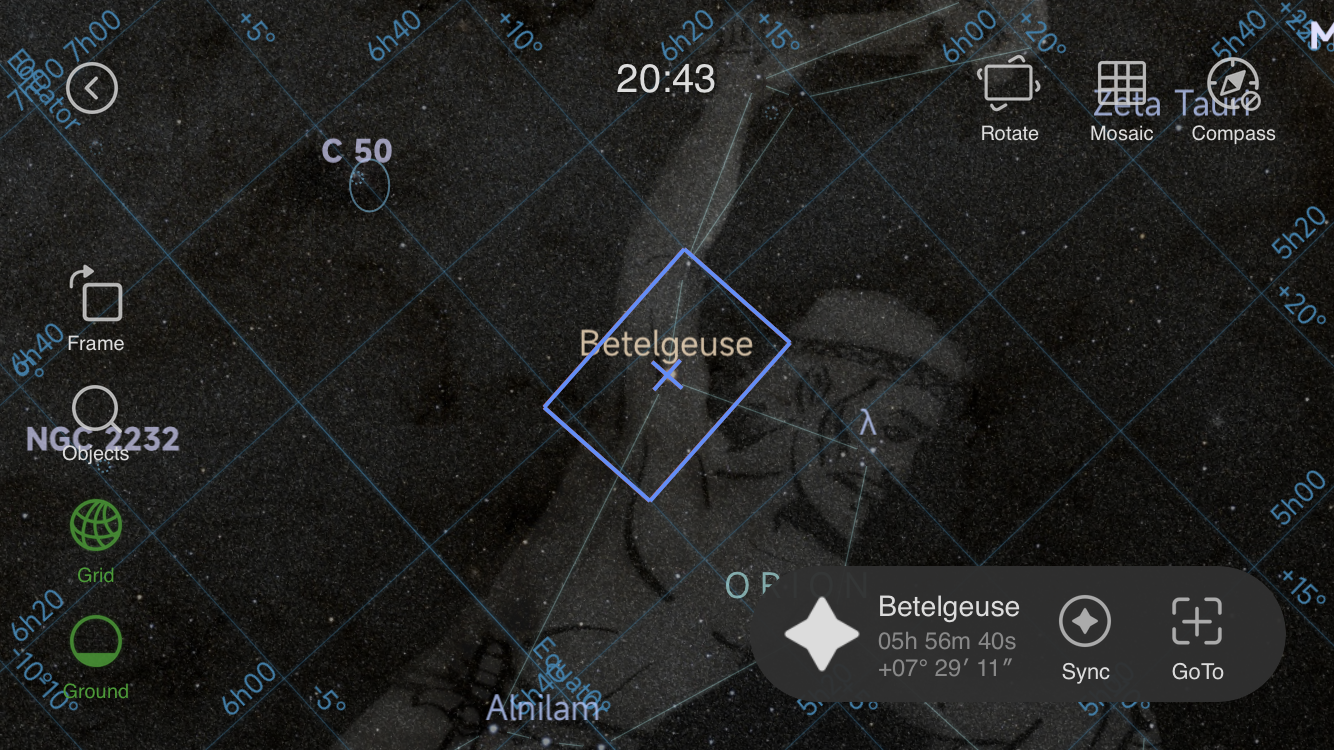
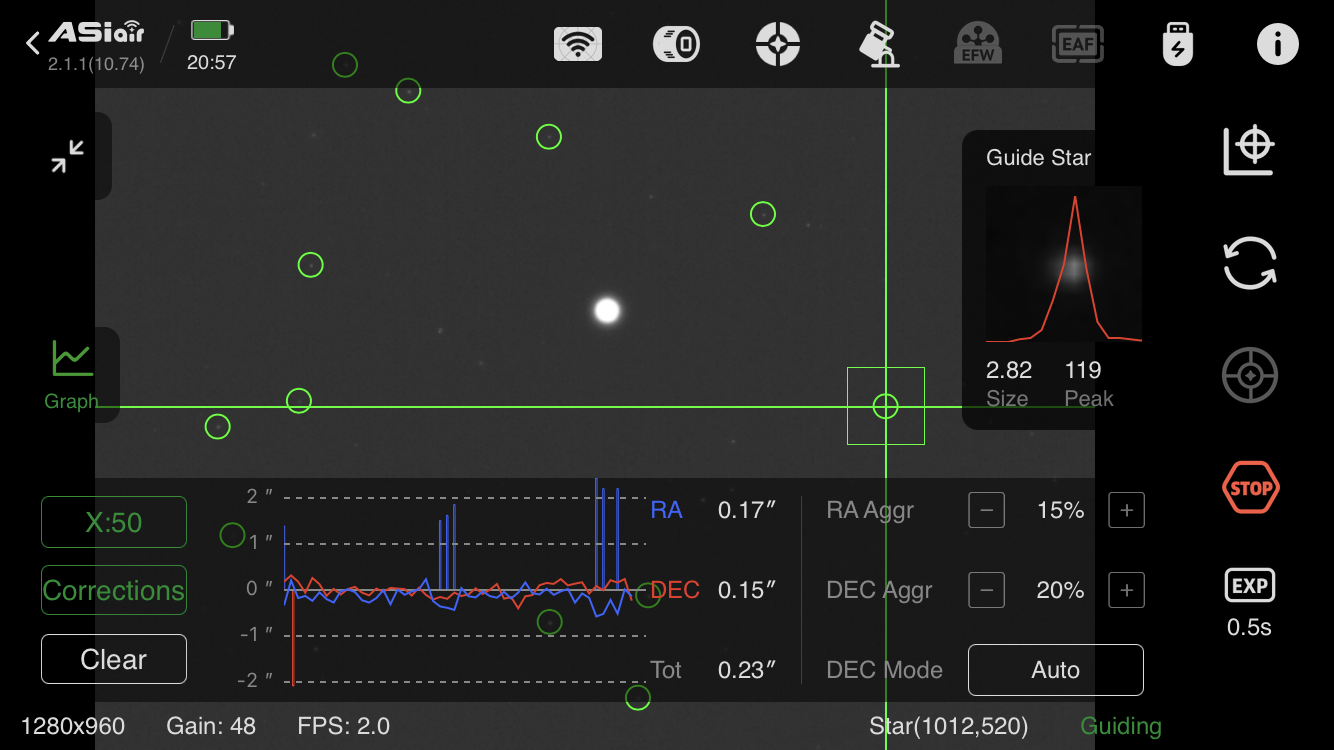
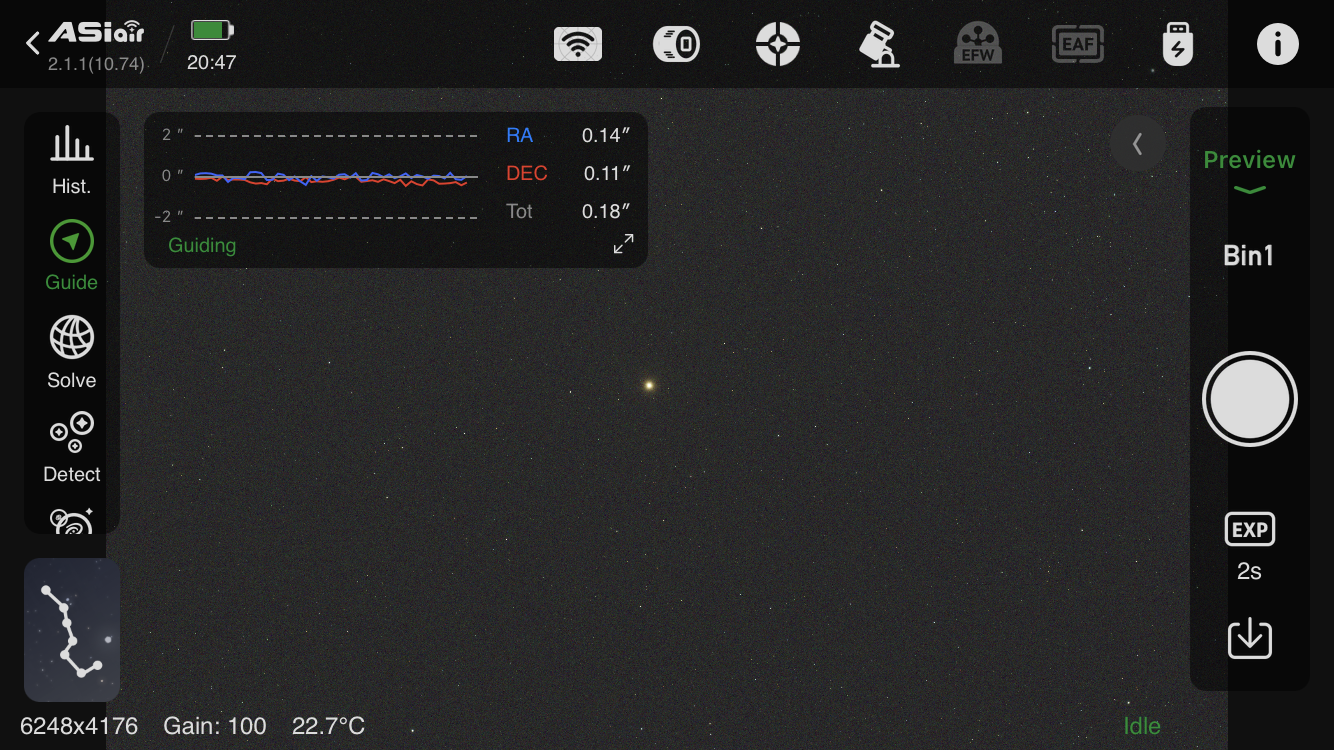
Northeast:
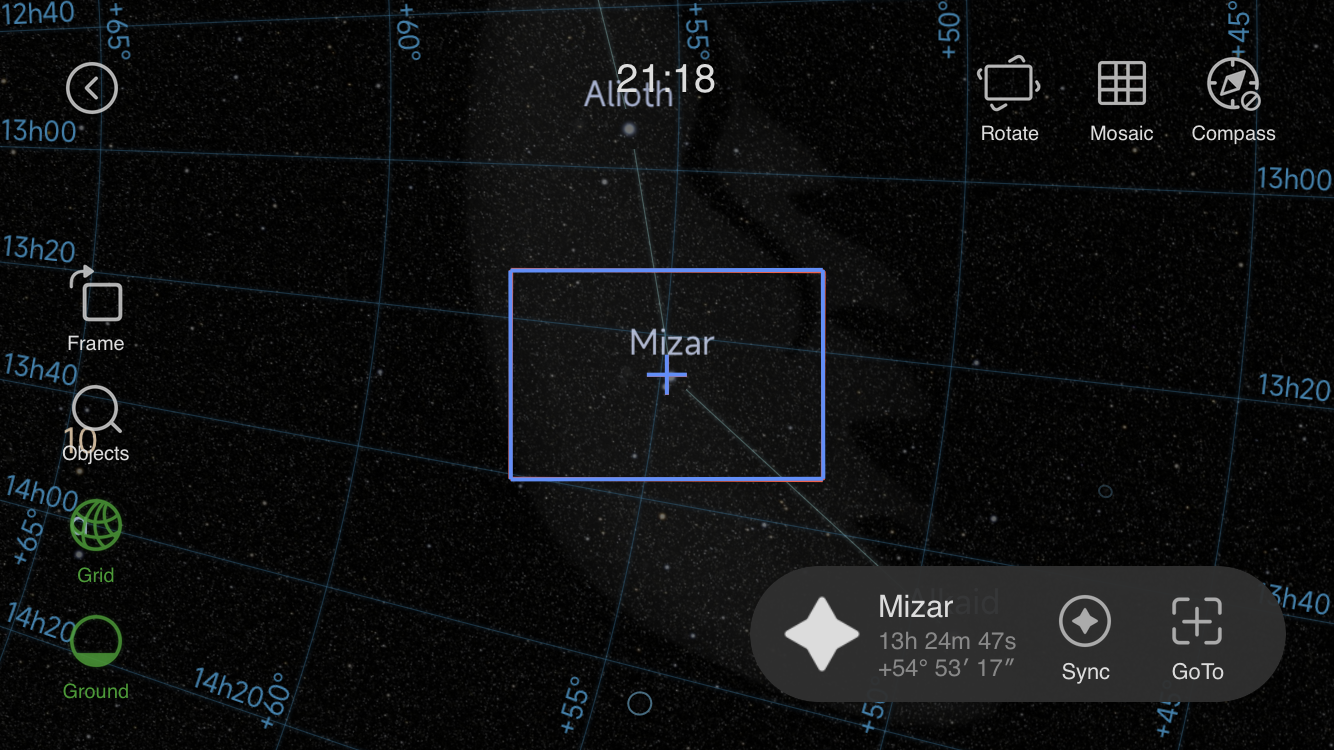
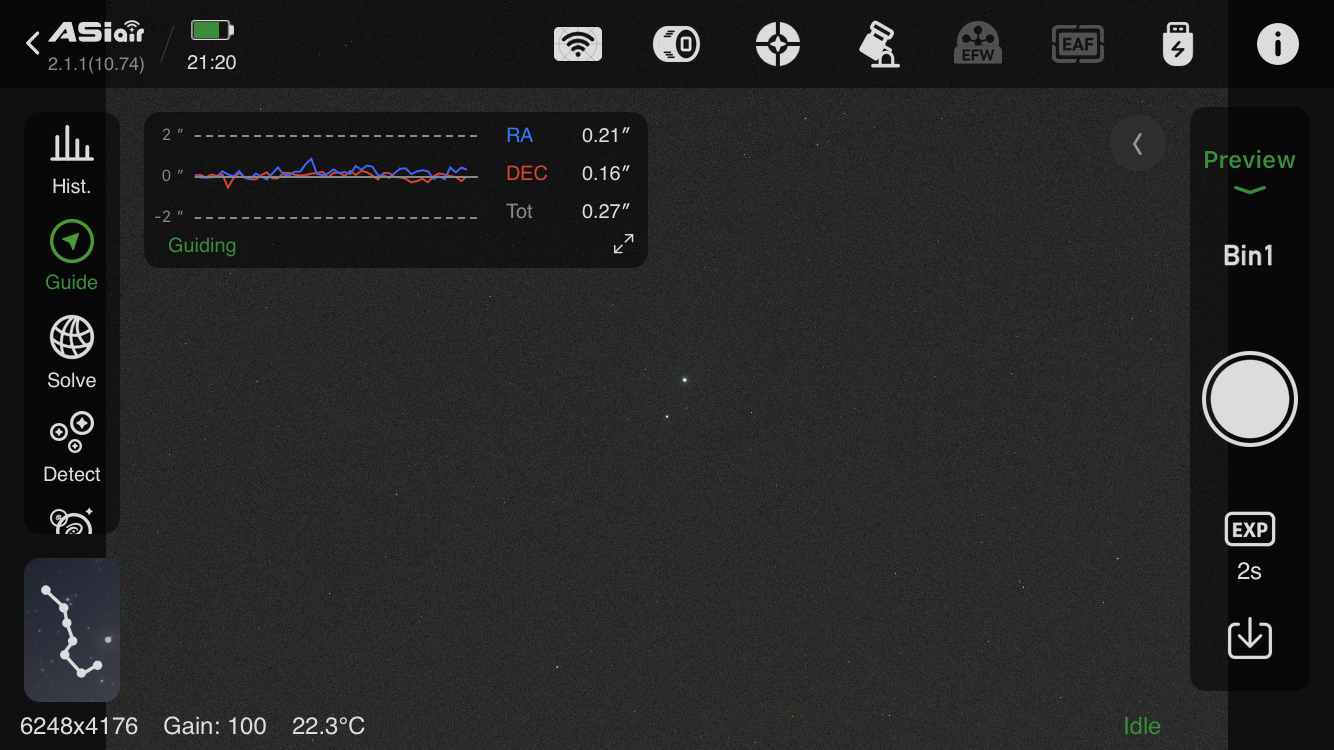
Northwest:
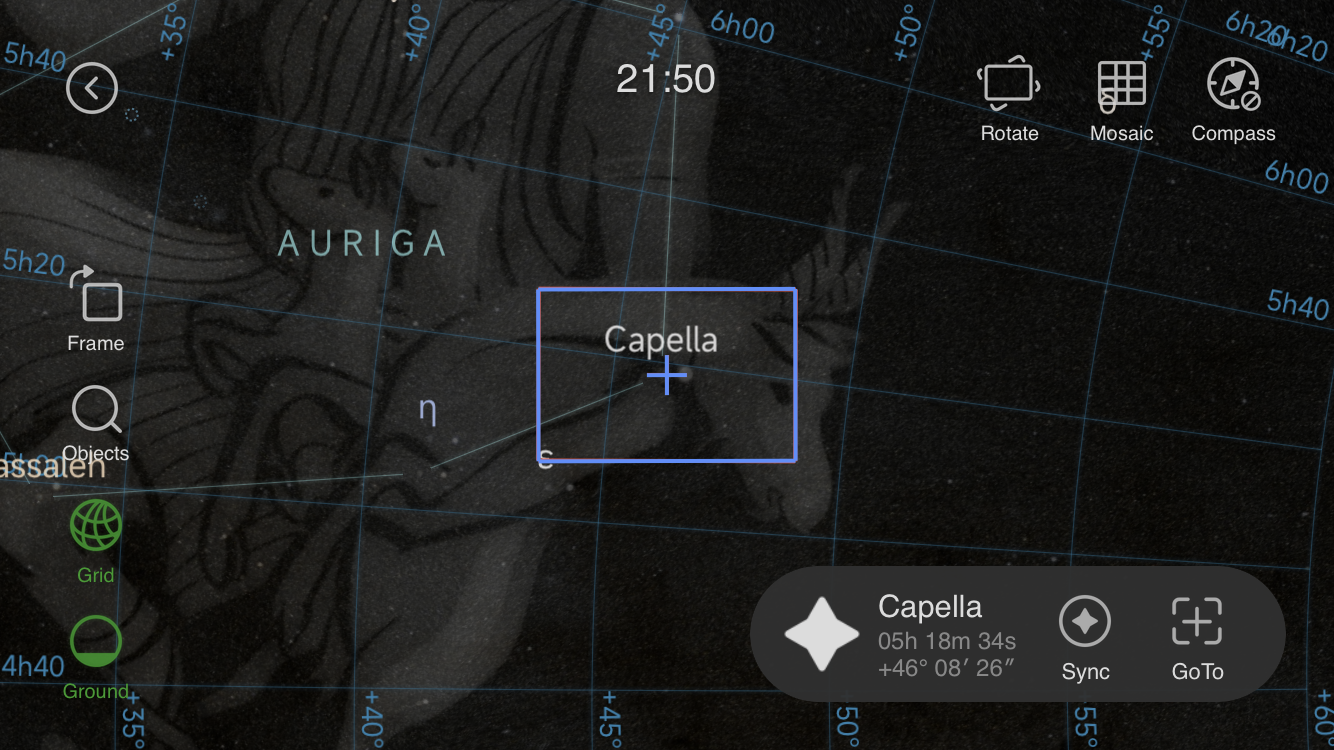
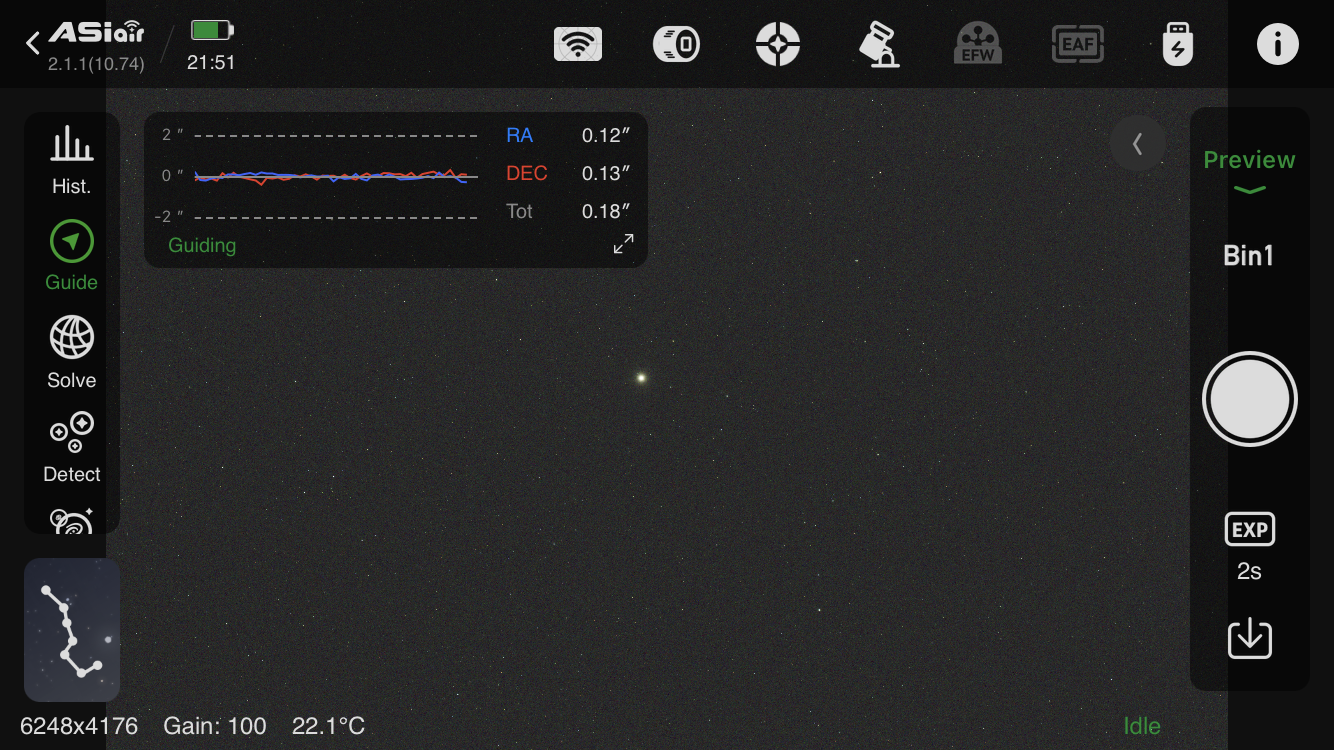
Finally I ended the test with a five pixel dither between each exposure to check settling repeatability. Again, I made some minor tweaks in aggression, but nothing major. Small changes in aggression settings can make a significant difference, so I found a slow and methodical approach here is beneficial.

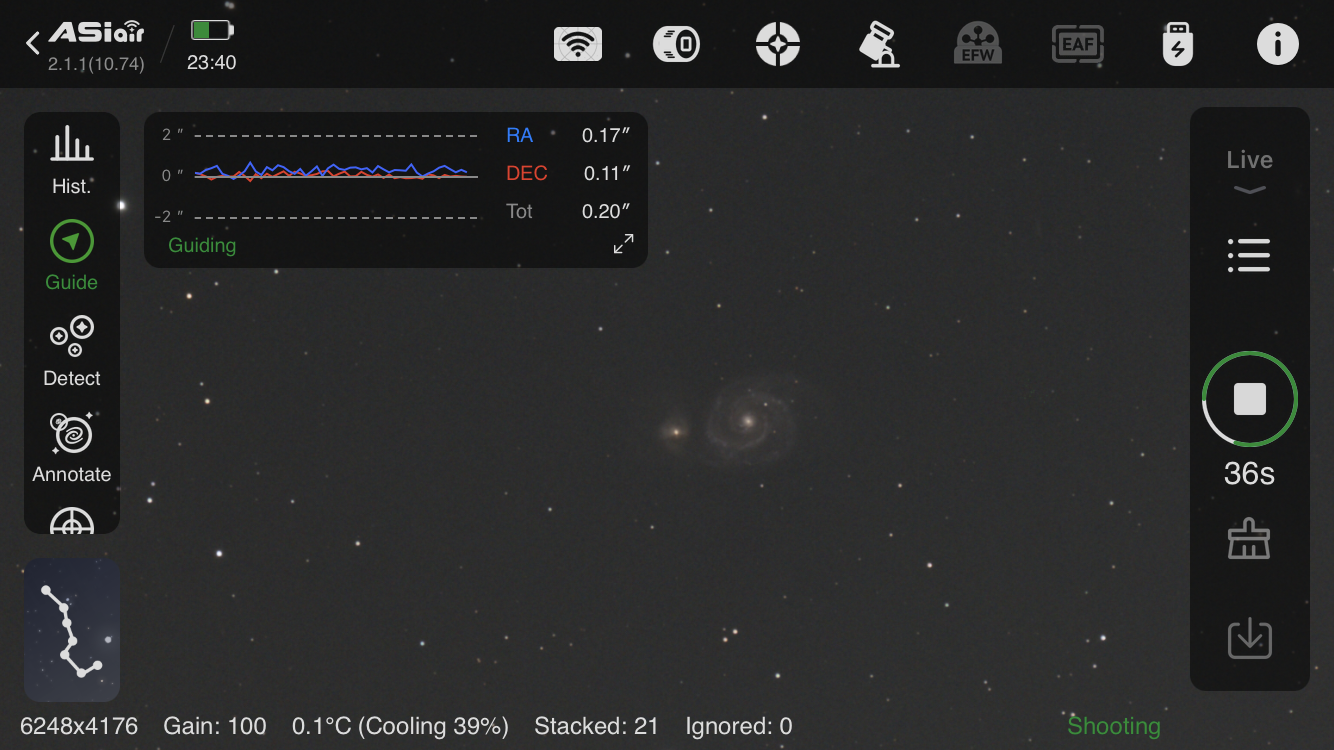
I hope this information can help some others get the most from their AM5. I believe this mount has near unlimited potential within its designed capability and I'm very happy and impressed with mine. There are some pretty significant differences in the approach to tuning a strain wave mount and current software is not optimized for this technology. By having a better understanding of how this technology works, dialing in the best performance becomes more intuitive. Many thanks again to @w7ay for taking the time to explain the details behind the design, function and optimization of this amazing technology.
Dave